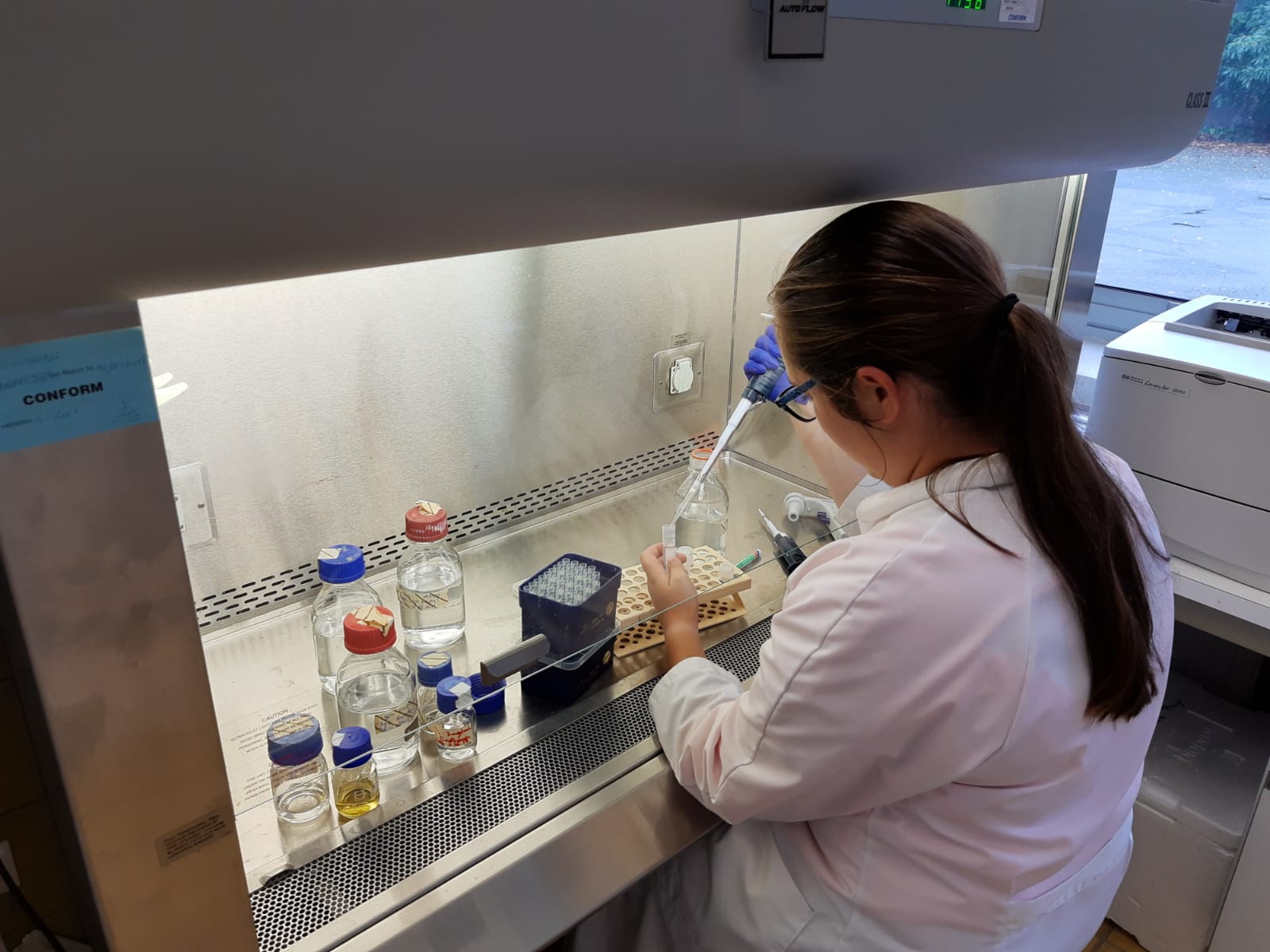
An ever-increasing proportion of bacteria are becoming resistant to antibiotics. Overuse or misuse of antibiotics causes bacteria to become immune to them. This is the reason why antibiotics no longer work effectively against infections in human beings. A faster method for identifying which bacteria a patient is suffering from will lower the risk of antimicrobial resistance. The iGEM student team at the Eindhoven University of Technology (TU/e), has designed a system that can do this. The team was ranked in the top three during the iGEM competition in Boston, America.
iGEM stands for international Genetically Engineered Machine, in a nutshell, everything that has to do with synthetic biology. This year, 377 teams from all over the world will take part in the competition. They have all been doing research on solutions to social problems from a biology angle. The Eindhoven team has focused on how we can lower the risk of antimicrobial resistance. A growing problem which currently there isn’t a solution for. “Developing a new antibiotic takes a lot of time, often decades. We don’t have that much time. That is why we have devised a detection system,” Yvonne van Mil explains.
“The competition is very broad, so it’s very difficult to compare projects with each other,” she says. That’s why there are different categories within the competition. The Eindhoven team participated in the diagnostics category. Within this category, iGEM was one of the top three in terms of components: best poster, best measurement, best base part, best composite part and best diagnostic project.
Gold medal
In addition to the different themes, there are also different levels. For example, there is a separate category for secondary school students. Then there are two categories for students from the university. These are divided by age, above and below 23 years. In the end, one team becomes the overall winner.
Unfortunately, the Eindhoven team missed out on this title. They did win a gold medal. “This is rewarded when a team fulfils all the requirements of the competition, varying from the registration of the team to the creation of a model of the project.”

Faster diagnosis
With their system, the students want to focus on a faster diagnosis. It takes two to three days at the moment to diagnose what kind of an infection a patient has. “During this time, a patient is often given several antibiotics before it is actually determined which one will best help,” says Van Mil. “During those two or three days, someone could become resistant to those other antibiotics that they have been given which they never needed in the first place.” After several years, people run the risk that not a single antibiotic might work anymore.
That’s why the students have developed a detection system that can diagnose someone’s infection within a few hours. “This means that doctors are able to prescribe the proper antibiotics immediately,” says the student. The system works with bacteriophages. “These are a kind of a virus for bacteria which have a high specificity. These phages bind to a specific bacterium and inject their DNA into it. The phages rapidly multiply in the bacterium, which eventually destroys the bacterium,” Van Mil explains.
A specially engineered protein then binds to the phage DNA. This sends out a light signal which it uses to determines what type of bacteria a patient is carrying. “This is then measured in a sample taken from the patient, such as their urine,” she says. The system can test the sample for various bacteria in this way.
Determining the dose
At the same time, the students are also studying whether it is possible to use the same system to find out how widespread the infection is. This means that the dosage of the antibiotics can be adjusted accordingly. “Too much or not enough antibiotics do not always produce the intended results.”
Over the past six months, the students have focused primarily on producing the protein that is needed in this process. “The tests that we did have shown that it does work,” says Van Mil. “We have not designed a device for the system as yet. The university will continue studying this in the coming months.” Such a device has to be thoroughly tested before it can be approved for use in hospitals. “That’s going to take a few years.”
Would you like to know more about this technology? Check out iGEM’s extensive website here.
Improper use of antibiotics
The problem of antimicrobial resistance is less acute in the Netherlands than in countries such as Greece or America. “In the Netherlands, you have to see a doctor first before you get antibiotics to take home with you. In some other countries, you can just buy them at a chemist”, explains Van Mil. “People often use antibiotics when they don’t need them at all. This is how the bacteria become resistant much faster.”
University to take over the research
After the competition, the iGEM technology will be developed further at TU/e. “A professor has told us that he is interested in our technology,” says Van Mil. “One of our team members is probably going to take it on as a graduation project. We really like the fact that our idea has so much potential that the university wants to continue working on it.”

